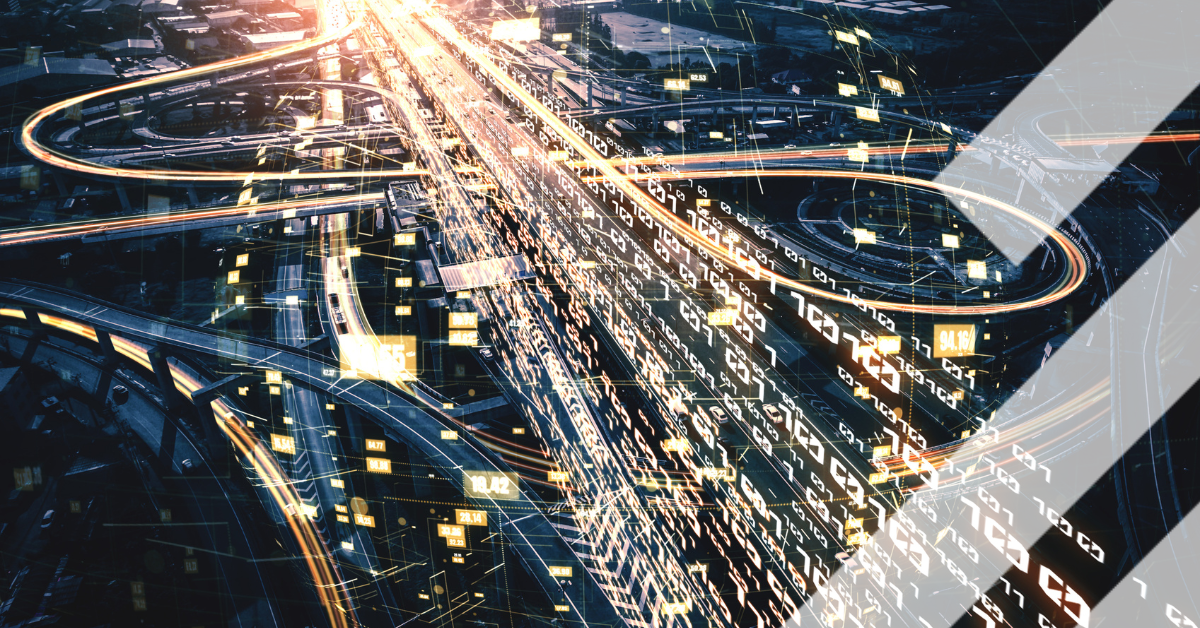Data driven traffic management: a question of trust
Valerann co-founder and CBO Michael Vardi tells Intertraffic how advances in artificial intelligence are redefining the concept of modern mobility and roadway operations by enabling actionable, accurate and timely data-driven decision making.
DATA EMPOWERMENT
“I can summarise everything that we do in one word,” says Valerann co-founder and CBO Michael Vardi confidently. “Trust. We need to make sure that the people that we trust to manage our road network are able to trust the data that they get, and the decisions they make based on that data. As I see it, our mission is to empower these road operators through the data by helping them to trust their data by helping them act upon that data in order to get a much more impactful response.”
How does Vardi assess his company’s ability to process the influx of vehicle data? As one exhibitor put it at Intertraffic Amsterdam 2022: “We are not far away from being in a situation where we have so much data that we don’t know what to do with it.”
“The context for this is, as you mentioned, this influx in data sources coming both from more highly leveraged existing cameras, loops, radars, that are providing data, but also have analytics that are extracting more data. But this is also coming from connected sources, be it vehicles, in-vehicle devices or cell phones that are bringing more data into the ecosystem. Now, on an average road network we are collecting something like 100 million data points every day.
“The trust gap between the data available and the actions that are being taken is evident”
“This is where what we call the gap of trust between the data available and the actions that are being taken is evident,” Vardi says. “When you go to the traffic control centre of almost any major operator in the world you will see dozens of screens with CCTV footage data from devices along the road, weather data, you'll see data from connected vehicles and so on, but despite all of this richness, ultimately, they rely on phone calls to detect events, CCTV to manually validate them, and then a patrol to respond. So you have a lot of data coming in and very manual processes being executed. They don't trust the data that they have. What Valerann does is enable operators to be able to take that data, use it to detect the things that matter and then prioritise them based on what needs to be responded to. You then connect the operator back to enable them to respond based on the tools they have in their arsenal. Action, prioritisation and response.”






